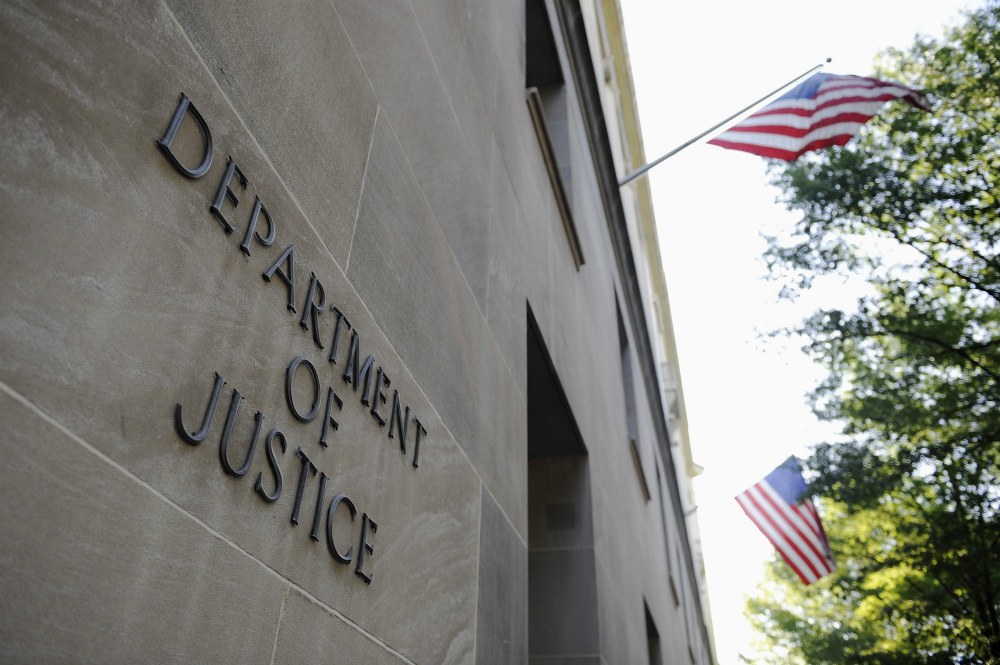
This dire warning was announced by Frederic Valletoux, president of the French Hospital Federation, the union that represents over 2,500 health institutions all over France.
“We will clearly need help in the Ile-de-France region because what happened in the east is coming here,” Valletoux said in an interview. The Ile-de-France is the administrative region that governs Paris and its surrounding areas.
“We will be at the limit of our capacities in 24 to 48 hours,” continued Valletoux. “If we let every hospital cope by itself and let every territory that has been taken by the epidemic cope alone, then we shall head towards catastrophe.” (Related: WHO: Europe now the EPICENTER of the coronavirus pandemic.)
Valletoux and other doctors like him are bracing for a new wave of confirmed cases next week after the government, led by President Emmanuel Macron and Prime Minister Edouard Philippe, decided to press ahead with nationwide municipal elections, which were held on Sunday. Millions of voters would have mingled in parks and streets to line up to vote, possibly exposing them to the coronavirus.
Paris officials have been scrambling to meet the demand of the coronavirus patients. They've spent days and weeks locating more intensive care beds, ventilators, frontline medical workers and spreading out patients across the French capital and its surrounding cities in order to avoid overloading the metropolis' hospitals.
In response, French health officials have already increased the number of intensive care units (ICU) in hospitals all over the country from an initial 5,000 to about 8,000. However, doctors in Ile-de-France are saying that they're close to filling all of these units. Paris alone is trying to increase its current ICU capacity from 800 to 1,200 units.
One nurse in a Paris hospital said that while doctors, nurses and other hospital staff were working longer hours under increasingly difficult conditions, the situation was not yet out of control and they still had a small amount of time to rally.
“Everybody in the hospital is doing what they can to make sure nobody is lost,” the nurse said, “but goodwill is not always enough and I fear that in the coming days we will put ourselves in situations that are morally and physically difficult to cope with.”
As of press time, the Ile-de-France region accounts for over a quarter of the country's 29,000 confirmed COVID-19 cases in French hospitals, with nearly 1,300 of those patients in ICU.
All sectors of France being mobilized for anti-coronavirus effort
The French government has drafted the army to help lighten the load of medical workers. So far, they've been assigned to transportation tasks, moving some critically ill patients from the eastern regions of Strasbourg, Mulhouse and Colmar to other cities in western France with fewer patients. The first transfers began on Thursday via high-speed TGV trains.
Bruno Riou, medical director at the AP-HP hospital group in Paris, hoped that transfers from Paris to other regions would begin soon. This would allow Paris to have some breathing room. The hope, Riou said, was that once those regions reached their peak capacities, Paris would be able to handle the extra load.
Isolation centers all over Paris are also being set up to allow people with mild COVID-19 symptoms to be assessed without overburdening hospitals. Other such isolation centers will be opened to cater specifically to Paris' homeless population that tests positive for COVID-19. Two homeless shelters with 150 beds each have already been opened. Over 80 other sites across Paris and the rest of France have been chosen to become shelters, with a total of 2,875 beds.
Meanwhile, France's other regions are starting to worry about the lack of protective equipment for medical staff, especially face masks.
“They are letting us enter the lion's cage without anything to protect ourselves and our patients,” said Michelle Drouin, a nurse and union official working in the Aude department (county) of southwestern France. In her region, medical workers have resorted to covering their uniforms with plastic bags.
“They are turning us into serial killers. They are putting at risk health professionals and, because they are a vector of the virus, their patients too.”
Sources include:
Please contact us for more information.























